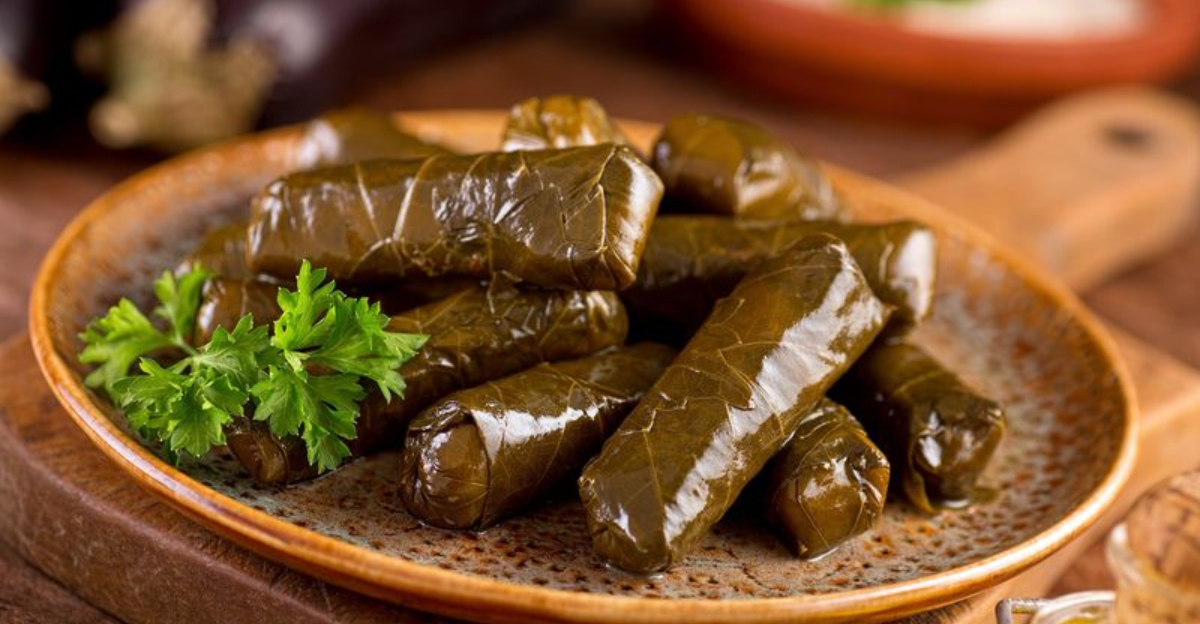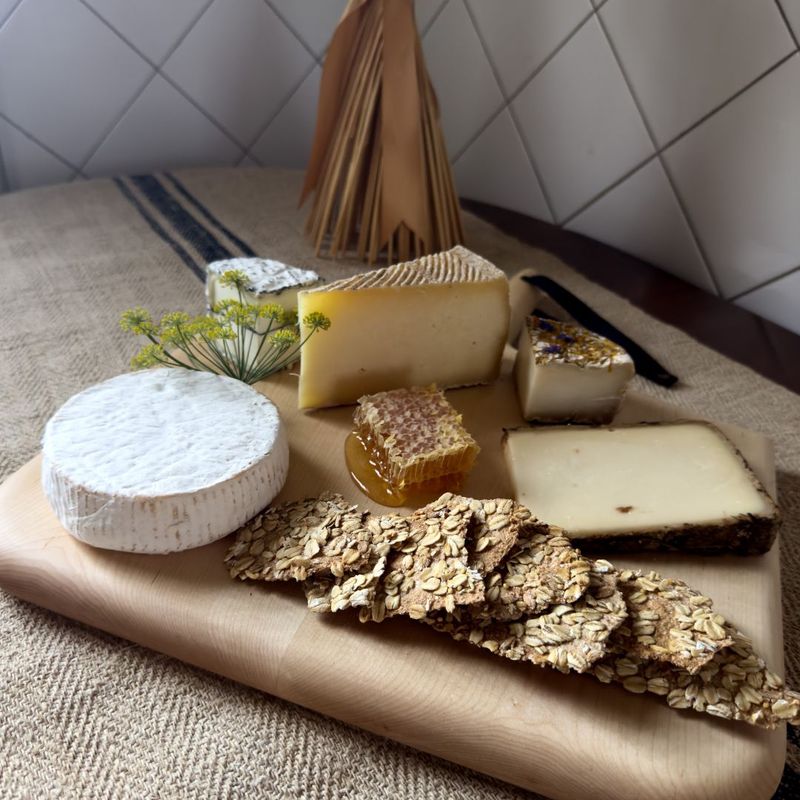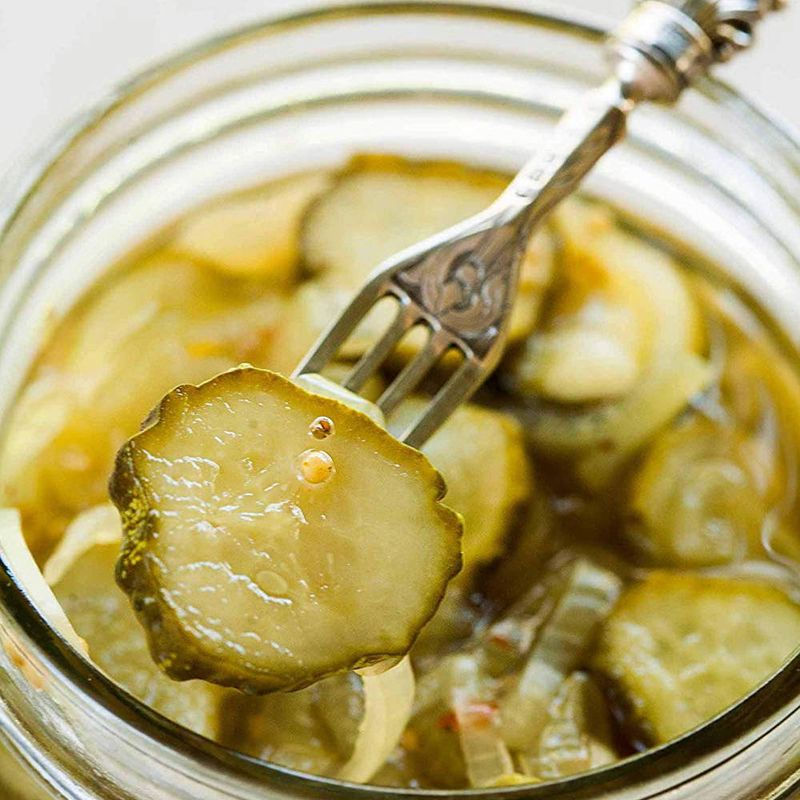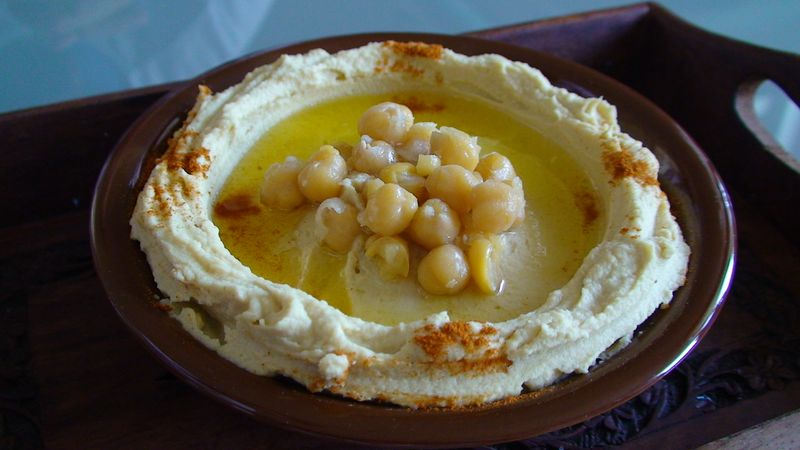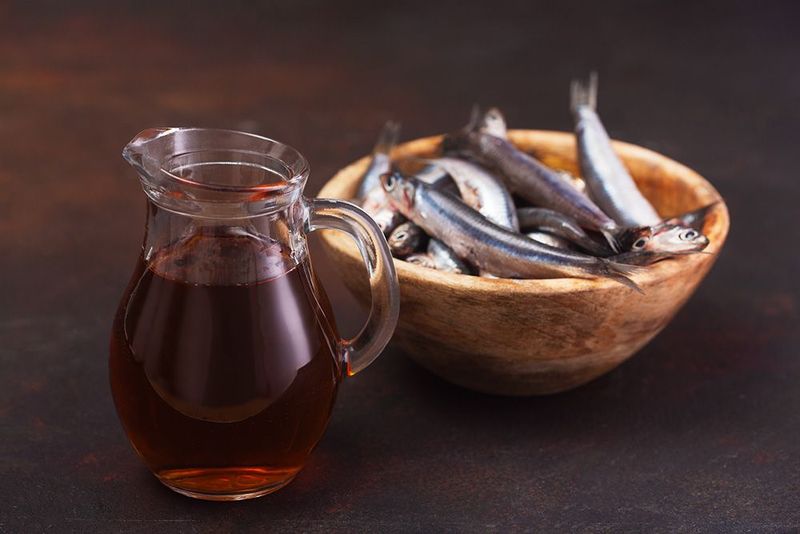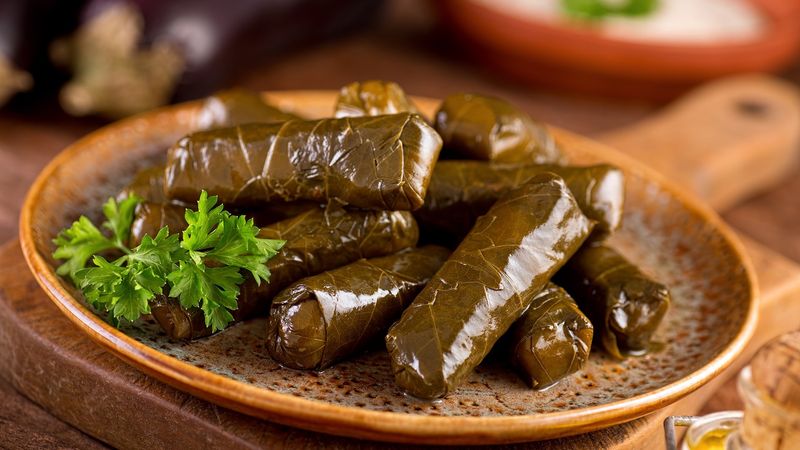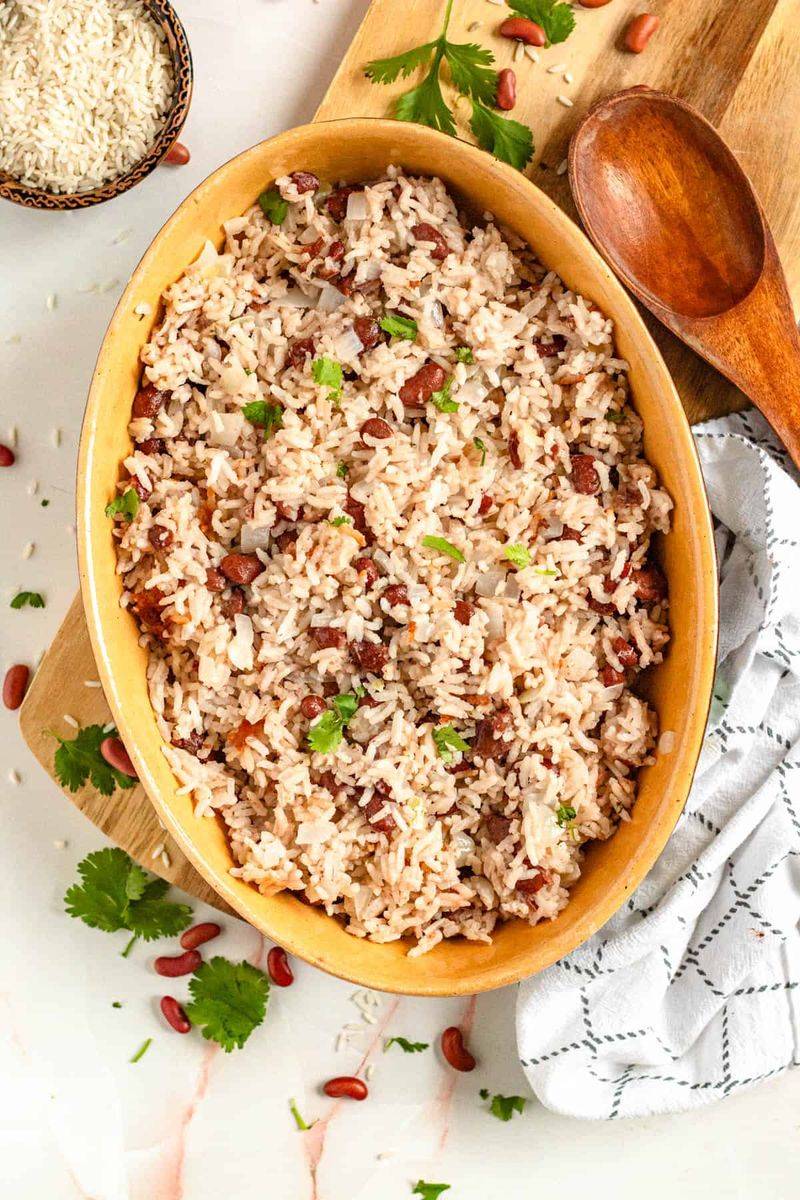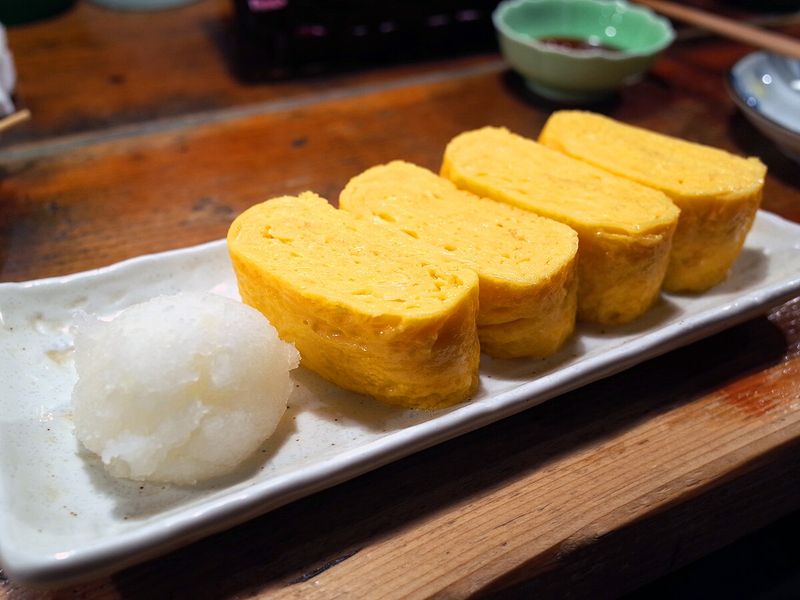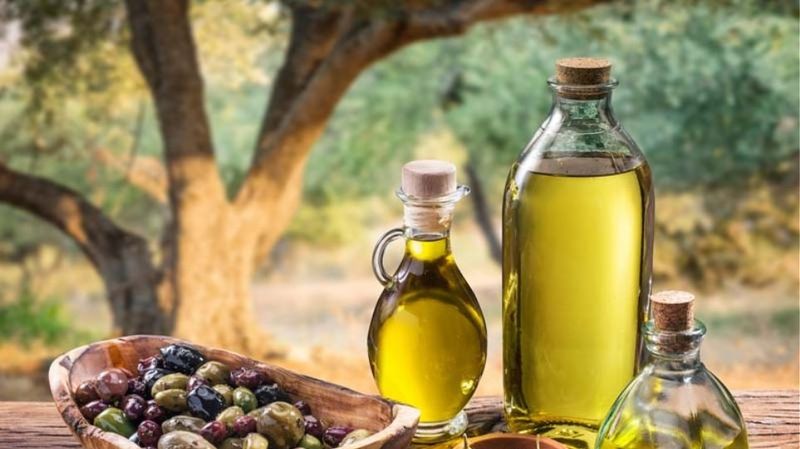They’ve fed empires, crossed oceans, and still show up at dinner.
1. Lentil Soup (Circa 8000 BC)
Lentil soup, dating back to prehistoric times, was a staple for ancient Mesopotamians and Egyptians. This timeless dish, warm and hearty, has been a comfort food for millennia.
Today, its simplicity and nutrition keep it alive in kitchens worldwide, connecting us to those early diners.
2. Flatbread (Circa 14,000 Years Ago)
Before pizza and tortillas, there was flatbread. Archaeologists discovered traces in Jordan, dating back to the Stone Age.
Today, naan, pita, and lavash continue this ancient culinary tradition, built on the same simple recipe of flour, water, and fire.
This versatile bread has been a canvas for flavors across cultures, maintaining its relevance from ancient feasts to modern tables.
3. Cheese (Circa 5000 BC)
Cheese’s discovery was likely accidental—milk stored in animal stomachs curdled into a tangy delight.
From Middle Eastern civilizations to your grilled cheese sandwich, this fermented miracle has aged to perfection.
Its rich flavors and textures have inspired countless varieties, making cheese a cherished and enduring part of culinary history.
4. Barley Porridge (Circa 7000 BC)
Barley porridge fueled ancient Greeks, Romans, and Egyptian workers. This staple, when enhanced with honey, fruit, or milk, becomes the ancestor of modern oatmeal.
In its simplicity, it provided energy and warmth for laborers and warriors alike.
Today, its legacy continues as a favorite breakfast, celebrated for its wholesome and hearty qualities.
5. Stew (Circa 6000 BC)
Stew, with its simple, hearty nature, is a timeless dish. Early humans discovered that meat, vegetables, and water simmered together created a satisfying meal.
From Hungarian goulash to modern crockpot creations, stew transcends culinary eras.
Its adaptability and depth of flavor ensure its place on tables worldwide, connecting us to our ancestors.
6. Pickles (Circa 2030 BC)
Pickling began as a preservation method, with cucumbers first pickled in the Tigris Valley.
This tangy treat has transformed into a beloved snack and condiment, adding zest to meals.
The art of pickling remains a tradition, marrying ancient techniques with modern flavors.
7. Hummus (Ancient Middle East)
Chickpeas, sesame, garlic, and lemon combine to create hummus, a staple of the ancient Middle East.
This creamy blend has flavored meals for centuries, beloved for its versatility and nutritional value.
From ancient gatherings to modern tables, hummus continues to be a must-have dish, cherished for its rich history and taste.
8. Pasta (Early Chinese & Etruscan Civilizations)
Pasta, though credited to Italy, likely has roots in early Chinese and Etruscan diets.
Today’s spaghetti and noodles are direct descendants, proving that these carbs have truly transcended time.
Their global journey showcases the universal love for pasta, a symbol of culinary innovation and cultural exchange.
9. Fermented Fish Sauce (Garum, Circa 4th Century BC)
Garum, a pungent fermented fish sauce, was a staple in Roman kitchens.
This umami-rich condiment flavored dishes, much like today’s Thai nam pla and Vietnamese nuoc mam.
Its enduring presence highlights the Roman influence on global cuisine, a testament to the power of flavor.
10. Mead (Circa 7000 BC)
Mead, a fermented honey drink, predates wine and beer, beloved by Vikings and pharaohs alike.
Its resurgence in craft circles today is a nod to its ancient allure.
This golden beverage, rich in history, continues to captivate with its sweet and intoxicating charm.
11. Stuffed Grape Leaves (Dolma, Ancient Persia)
Dolma-like dishes appear in ancient Persian texts, wrapped in grape leaves and filled with rice, meat, or herbs.
This culinary gem blends flavor and finesse, a timeless dish in Middle Eastern cuisine.
Its presence at feasts and gatherings demonstrates its enduring appeal and cultural significance.
12. Roast Lamb (Biblical Times)
Roast lamb was central to ancient Mediterranean and Middle Eastern feasts.
Its role in holiday meals from Easter to Eid continues to carry spiritual and cultural weight.
This dish’s rich flavors and traditions make it a cherished part of culinary history, celebrated for its heritage.
13. Sourdough Bread (Circa 3700 BC)
Sourdough starters trace back to ancient Egypt, with its natural fermentation method unchanged.
In challenging times, many embraced sourdough baking, becoming accidental bread archaeologists.
Its rich, tangy flavor and artisanal quality ensure its place in the bread world, connecting us to the past.
14. Rice and Beans (Ancient Asia and Mesoamerica)
Rice and beans, developed separately in Asia and the Americas, offer economical and complete protein.
This efficient and satisfying dish, cherished for its simplicity, embodies ancient culinary wisdom.
Its enduring appeal across cultures showcases its role as a global comfort food.
15. Yogurt (Ancient Mesopotamia)
Nomads discovered yogurt when milk stored in animal skins fermented, creating a thick, creamy staple.
Its probiotic richness secured its place in ancient diets.
Today, yogurt’s popularity continues, found in grocery stores worldwide, celebrated for its health benefits and historical roots.
16. Tamagoyaki (Ancient Japan)
Tamagoyaki, a sweet rolled omelet, has roots in ancient Japan, once reserved for the elite.
Today, it’s a beloved bento-box and breakfast staple, celebrated for its delicate texture and flavor.
Its evolution from exclusivity to everyday delight reflects cultural shifts and culinary appreciation.
17. Olive Oil (Circa 4000 BC)
Olive oil, used for food, medicine, and lamps, was deemed “liquid gold” by ancient Greeks.
Its rich history and versatile use make it an enduring part of cuisine.
Whether sautéing veggies or dipping bread, olive oil’s ancient roots enrich and flavor dishes worldwide.
